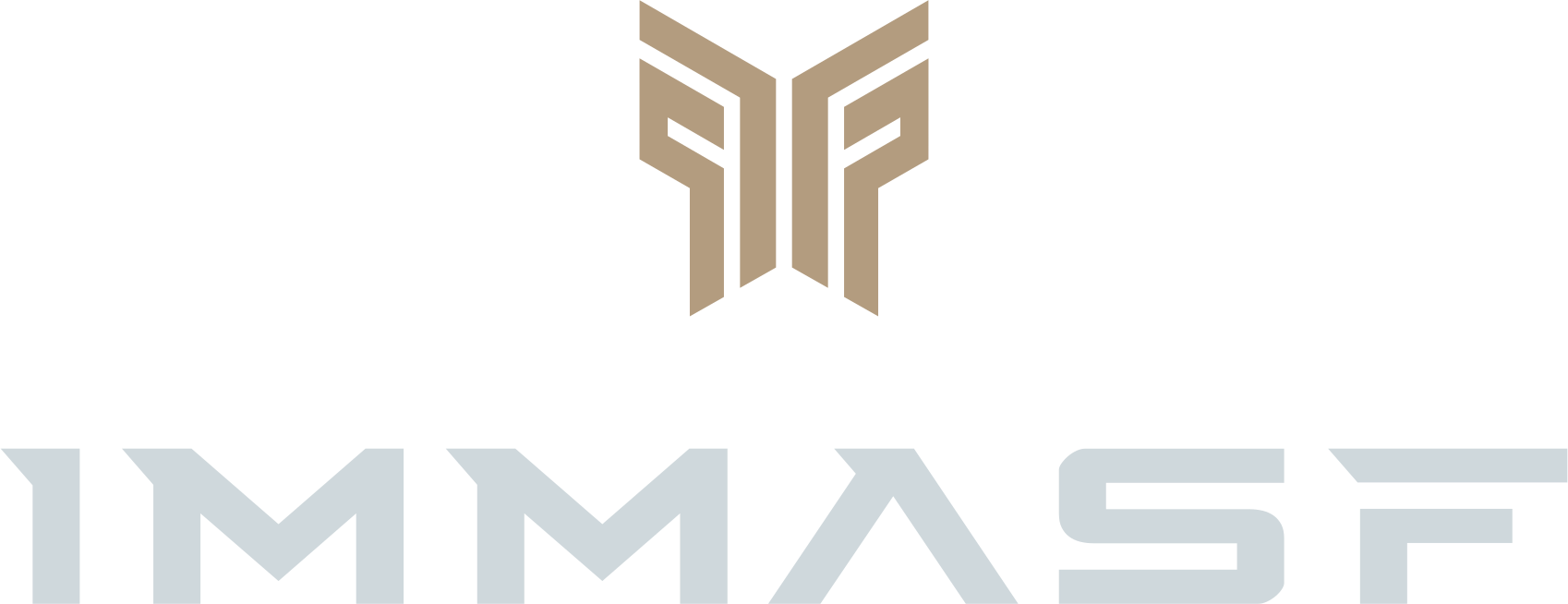Eligibility criteria for MMA athletes ensure fair competition, safety, and adherence to the regulations of governing bodies like IMMASF. These criteria apply to both amateur and professional fighters and focus on health, skill level, and compliance with rules.
a. Age Requirements
•Amateur Fighters:
•Minimum age: 18 years (varies by region, some allow youth competitions with parental consent).
•Upper age limits may apply in some amateur categories.
•Professional Fighters:
•Minimum age: Typically 18 years or older, with no upper age limit (subject to medical clearance).
b. Weight Classes
•Fighters must compete in designated weight divisions, such as:
•Flyweight (56.7 kg / 125 lbs)
•Lightweight (70.3 kg / 155 lbs)
•Heavyweight (120.2 kg / 265 lbs)
•Fighters must meet weight requirements during official weigh-ins.
c. Medical Clearance
•All athletes must undergo pre-fight medical exams, which include:
•Blood tests (e.g., HIV, Hepatitis B and C).
•Physical examination to confirm fitness to compete.
•Additional tests for older fighters or after significant injuries (e.g., CT scans or cardiac tests).
d. Compliance with Anti-Doping Rules
•Athletes must adhere to anti-doping regulations.
•Subject to random drug testing in and out of competition.
•Banned substances are listed by organizations like WADA.
e. Training and Certification
•Athletes must demonstrate proficiency in MMA skills.
•Participation in certified training programs may be required, especially for amateurs.
a. Experience Level
•No professional fight history or compensation from MMA bouts.
•Fighters with extensive experience in other combat sports may require special approval.
b. Protective Equipment
•Fighters must agree to wear mandatory protective gear, such as shin guards and headgear.
c. Rule Adherence
•Agree to compete under amateur MMA rules designed to prioritize safety.
a. Experience and Skill
•Proven amateur record or significant achievements in other combat sports.
•Ability to compete without protective gear and under full MMA rules.
b. Licensing
•Fighters must obtain a license from their governing athletic commission or federation.
•Licensing requirements typically include:
•Proof of identity and age.
•Medical clearance and injury history review.
•Submission of fight history and records.
c. Conduct and Discipline
•No history of bans or disqualifications from MMA or other combat sports due to misconduct.
•Fighters are expected to demonstrate professional behavior in and out of competition.
Athletes may be deemed ineligible if:
•They fail to meet weight during weigh-ins.
•They have unresolved medical conditions or injuries.
•They test positive for banned substances.
•They violate the code of conduct or rules of the governing body.
•Their fight history suggests mismatched skill levels for the competition.
•Regulation: Establish and enforce eligibility criteria.
•Support: Provide resources to help fighters meet requirements (e.g., training, medical access).
•Fairness: Ensure all fighters are evaluated consistently and without bias.
•Transparency: Publish clear eligibility guidelines for athletes, coaches, and promoters.
•Youth and Developmental Programs: Provide opportunities for younger athletes to safely train and compete.
•Adaptive MMA: Guidelines for athletes with disabilities or unique needs, ensuring inclusivity.
Eligibility standards protect athletes’ health, ensure fair competition, and maintain the integrity of MMA as a sport. By adhering to these criteria, MMA organizations create a professional and safe environment for all participants.
